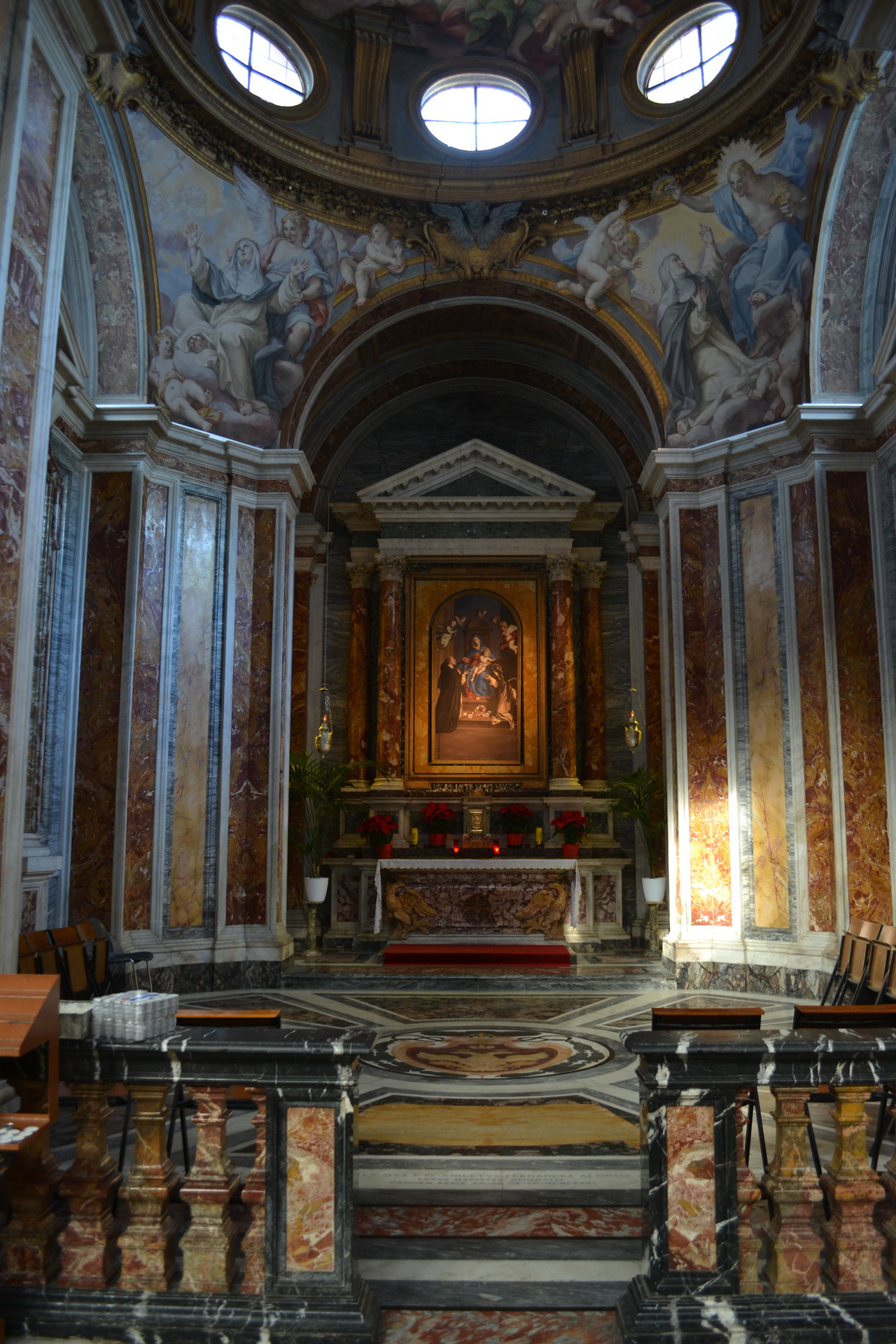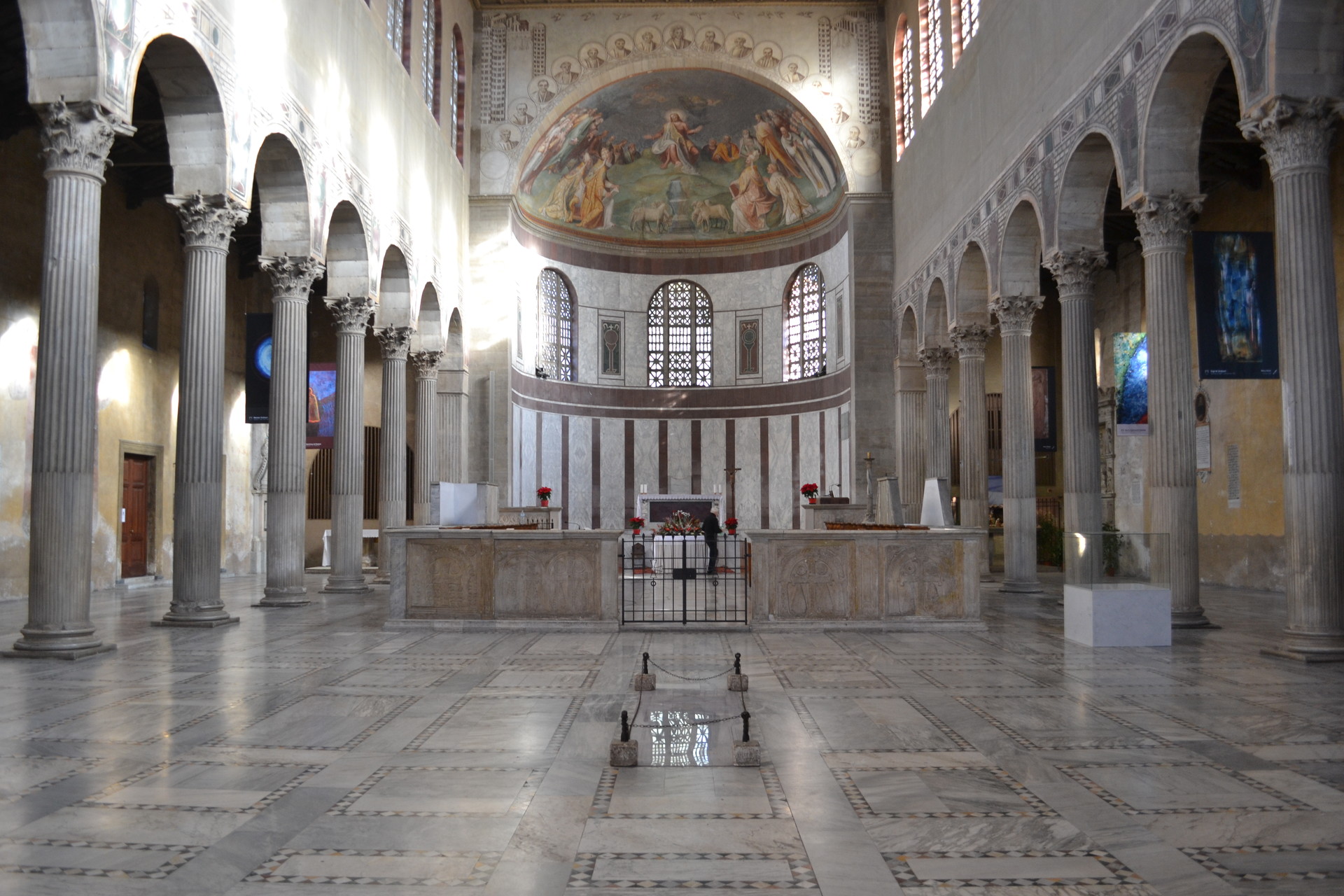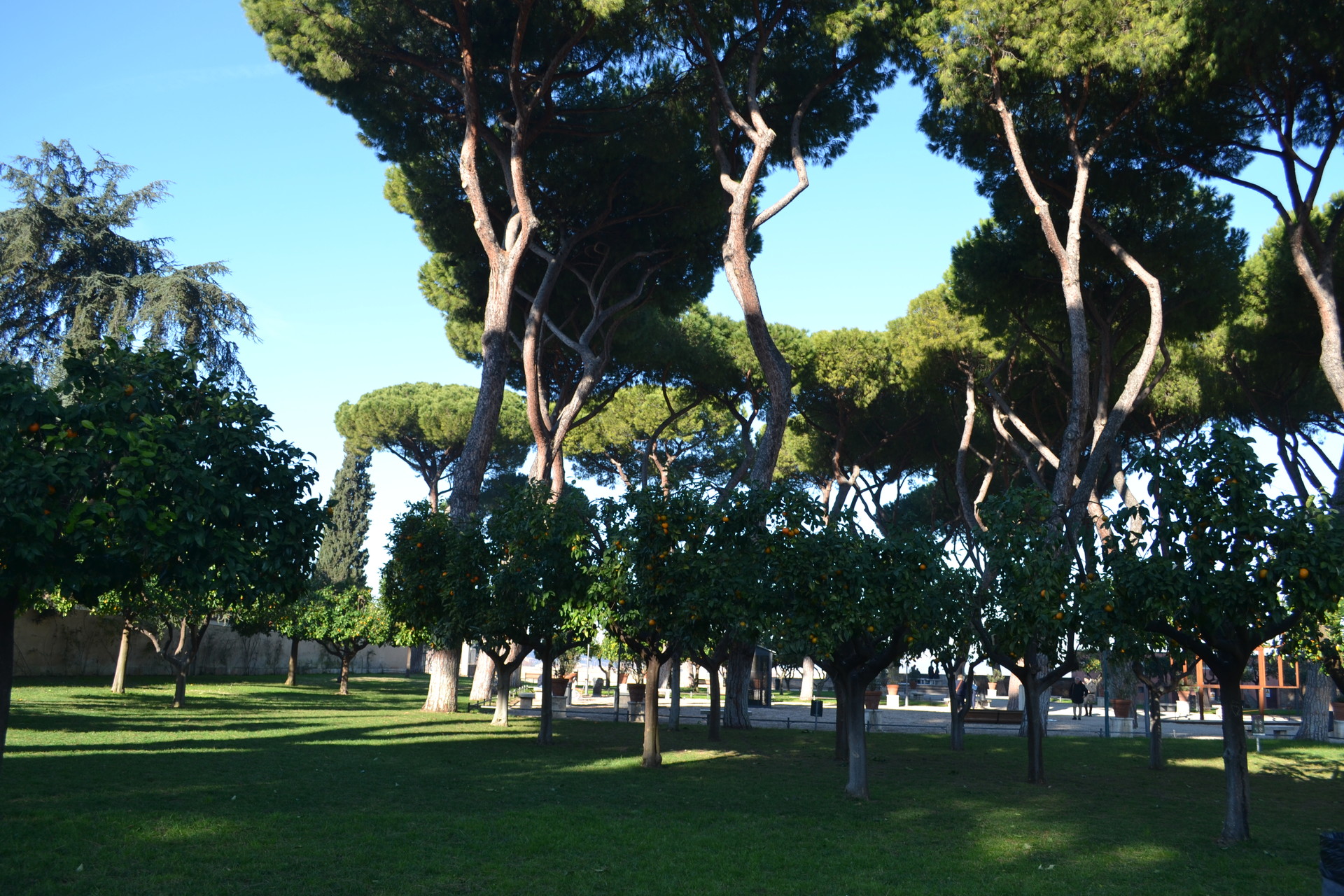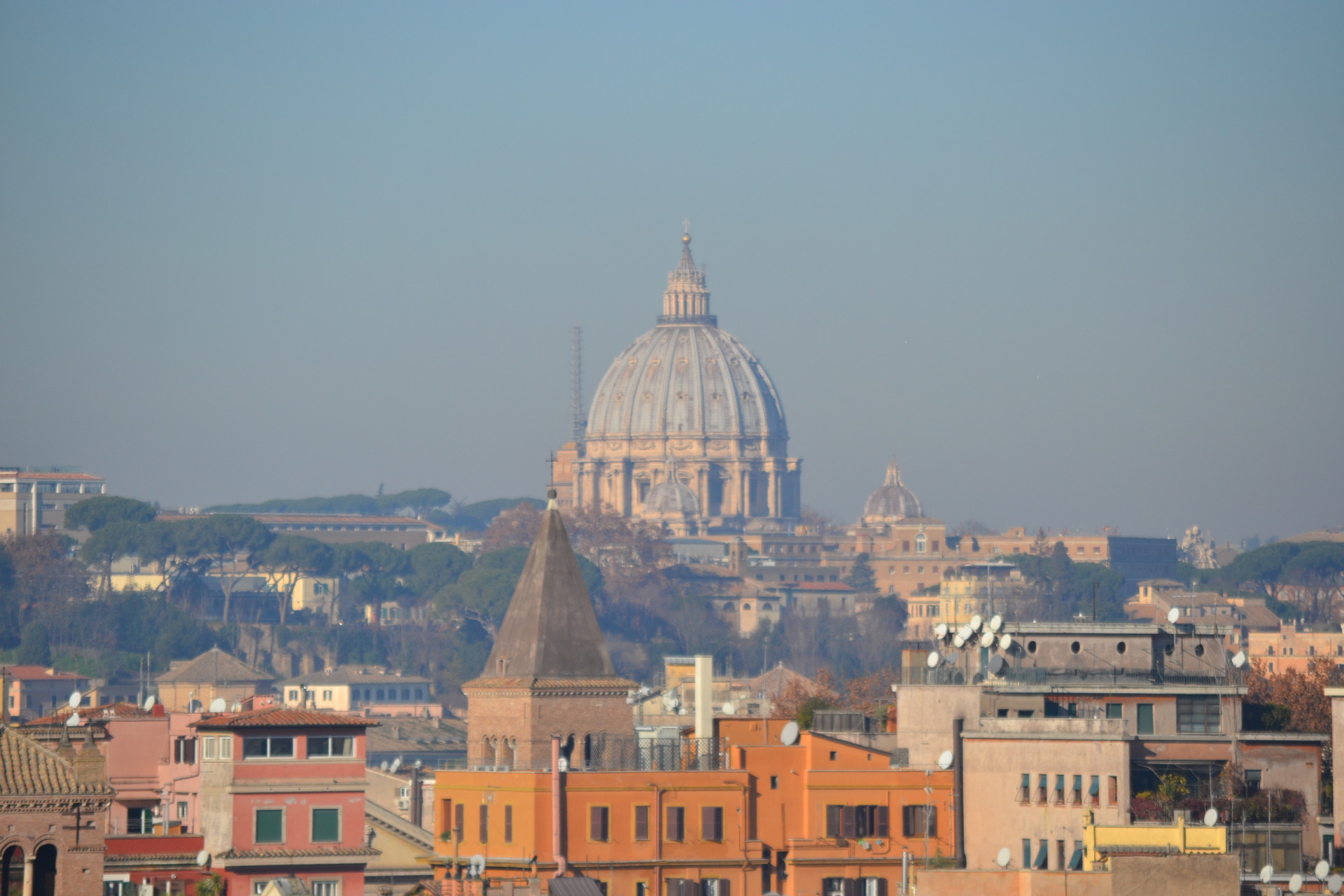The Aventine Hill - 1/7 Hills of Rome
Rome was once surrounded by the Servian Walls, which enclosed the Seven Hills of Rome. However, they were not properly maintained. When Rome started to feel threatened by the barbarians, who had already got through the Germanic border and the Romans weren’t able to stop them, emperor Aurelian decided to have constructed some emergency walls as a way to protect the centre of Rome from the invasion of the barbarians. The latter had managed to invade northern Italy in 270 AD and therefore Rome was under severe threat. The Aurelian Walls took five years to complete and continued to protect Rome until the Seventeenth centuy. Since then, the walls have been kept as heritage.
The Hills of Rome mark the traditional boundaries of the city. Since then, Rome has expanded enormously. Consequently these Seven Hills mark the beginning of the expansion of the empire. In fact, in the very beginning, Rome was built only upon these seven hills, as underneath it is said to have been dead land, with only marshy grounds.
The Seven Hills of Rome are: Aventino, Palatino, Capitolino, Celio, Quirinale, Viminale e Esquilino. I will write a separate post about each of the seven hills as they have so much incredible history you must know about.
Aventino:
The Aventino is the most southern hill in Rome, in my opinion it contains one of the most beautiful views over Rome, with St. Peters in the background. It is strategically positioned to the river Tiber. In fact the plebeians chose this hill to build residences around the fifth and sixth century and soon this quarter became very popular in the commercial sector. Compared to the other hills, this one feels more seperate and solitary. This may be because the other hills are literally closer together but a part from the Palatine hill the Aventine has been tampered with the least in the last centuries. It gives a sensation of being a lot more authentic than say, the Quirinale.
What to see in the Aventino:
Basilica di Santa Sabina:
This church is situated on the top of the Aventine Hill, overlooking the river tiber. It is classified as one of the oldest churches in Rome. It is built with many archaeological remains found beneath this very church. The building is an example of the fifth century, early Christian longitudinal basilica. In fact it is composed of three long naves that are separated from each other by a series of Corinthian columns. The church is internally decorated with beautiful marble above the columns, and mosaic art depicting two women. The two side chapels are what is left of baroque architecture, decorated with beautiful frescos and incredible canvas paintings. From what I gathered when I visited was that the church is quite simple compared to many spectacular churches in Rome, which really takes you back to the early Christian stages, where simplicity is beauty.



Giardino degli aranci:
The “Garden of Oranges”, also known as Parco Savello is located on the top of the Aventine Hill. It is named as such due to the Orange trees imported from Spain in the thirteenth century by Saint Dominic, founder of The Order of Preachers (Dominican Order). You enter through the main gates and follow a little path that will lead you to one of the most breath-taking views of Rome whilst being surrounded in nature and beauty of all the orange trees. This is probably one of the most romantic atmospheres in Rome.


Piazza dei Cavalieri di Malta:
Piazza dei cavalieri di Malta is a square located only 200 meters from the Basilica and the Park. In this square you will be surrounded by obelisks located on the top of the walls and a in front of you will be a large wall with a majestic front gate that leads to the Gran Maestro dei Cavalieri di Malta’s residence: La Villa dell’Ordine dei Cavalieri di Malta. It is a quaint little square from which you can capture the most beautiful photo from the keyhole the front gate. The view is leading to Saint Peters, and the photo is honestly worth the queue.
Rose Garden
Open in the spring is the beautiful rose garden. This is known to have been the location of the temple dedicated to the Goddess of Flowers. In the seventeenth century it became part of the Jewish community and was transformed into a cemetery. However in 1895 the cemetery was abolished and all the tombs were removed. In 1950, this area was chosen to home a new rose garden. This is a magical place to visit if you happen to be in Rome in the spring; it is not well known by many so you will not get a crowded sensation.
Photo gallery
Content available in other languages
Want to have your own Erasmus blog?
If you are experiencing living abroad, you're an avid traveller or want to promote the city where you live... create your own blog and share your adventures!
I want to create my Erasmus blog! →





















Comments (0 comments)